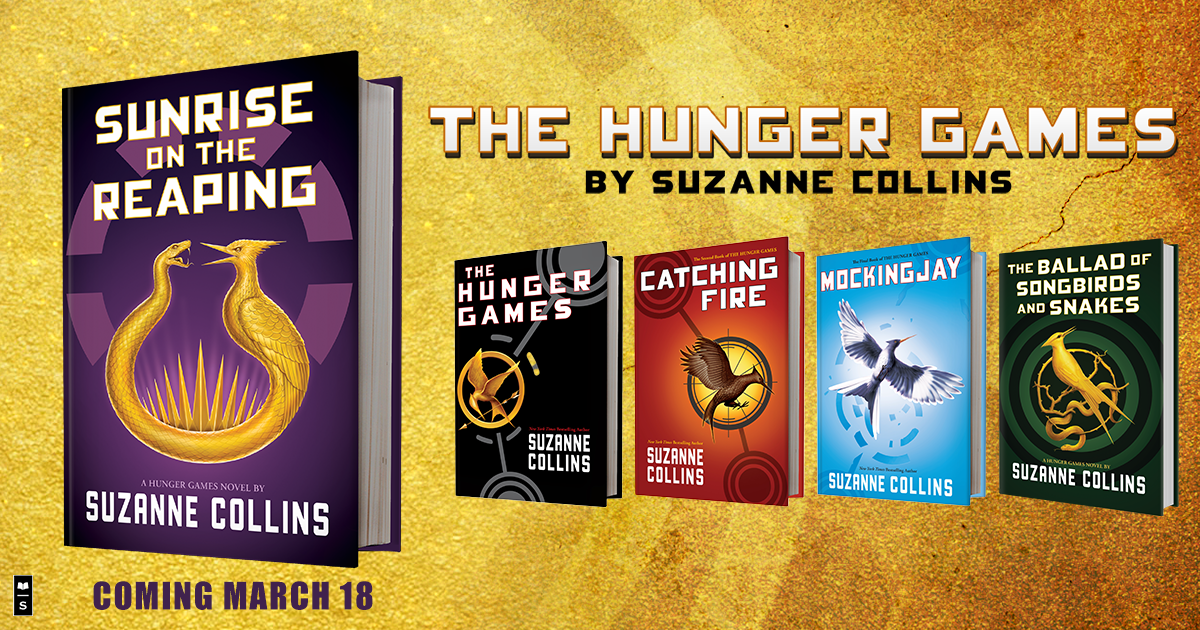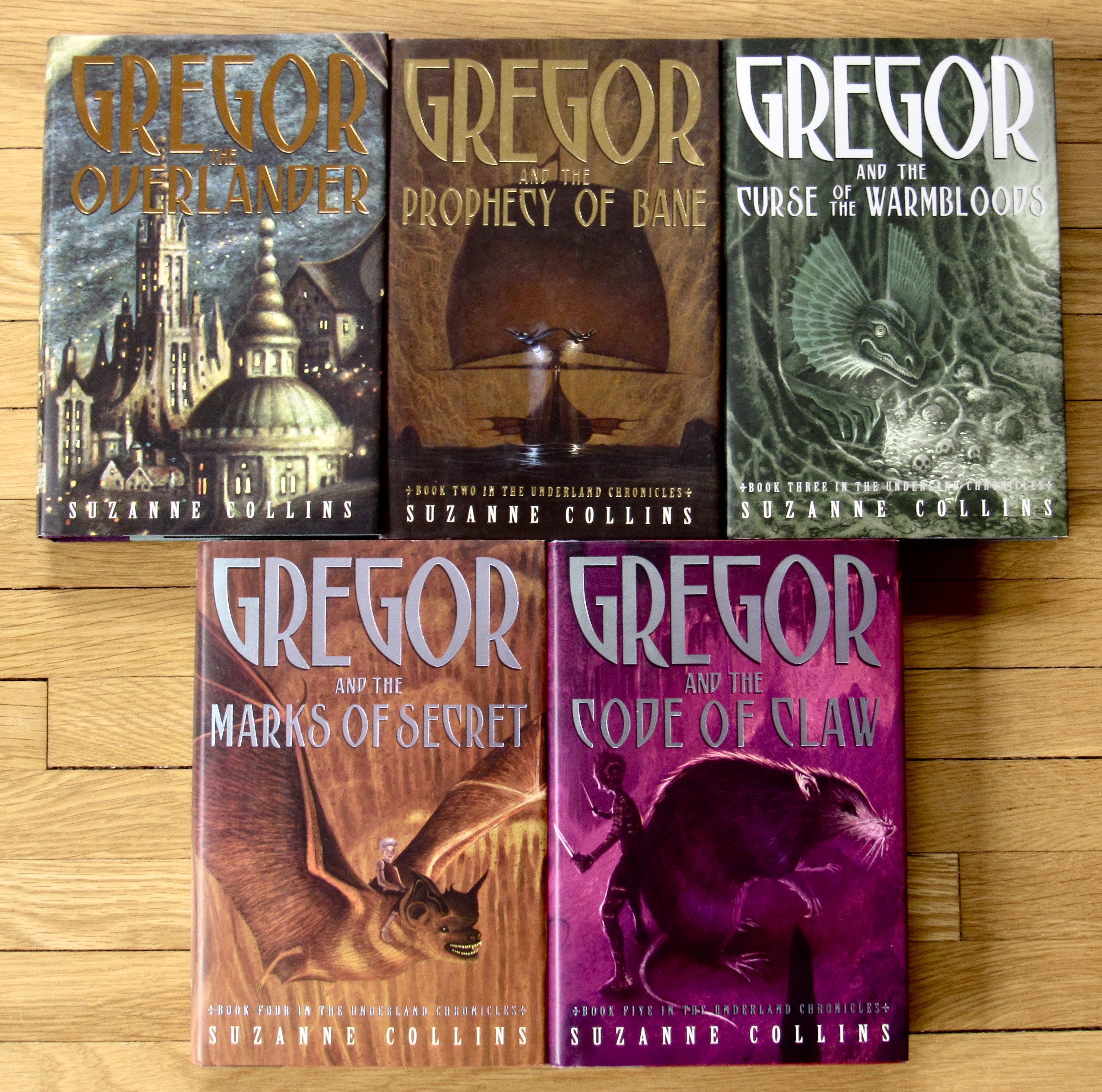Suzanne Collins Books: A Comprehensive Guide

Suzanne Collins, a celebrated author of young adult and middle-grade fiction, has captivated readers worldwide with her compelling narratives exploring themes of war, survival, and societal control. Her works span several series and standalone novels, each showcasing her distinctive writing style and insightful commentary on human nature. This comprehensive guide delves into Suzanne Collins’ body of work, providing a reading order, summaries, and insights into the cultural impact of her most famous creations: The Hunger Games and The Underland Chronicles.
The Underland Chronicles: A Journey into a Subterranean World

This middle-grade fantasy series introduces Gregor, an eleven-year-old boy who discovers a hidden world beneath the streets of New York City. The Underland is populated by giant insects, talking animals, and warring factions, each with their own unique culture and motivations. Gregor’s journey unfolds through five interconnected books, each building upon the previous one and revealing deeper layers of the Underland’s mysteries. It’s crucial to read The Underland Chronicles in publication order to fully appreciate the evolution of Gregor’s character and the unfolding narrative.

Reading Order of The Underland Chronicles:
-
Gregor the Overlander: Gregor’s unexpected fall into the Underland sets the stage for his extraordinary adventure. He encounters a variety of fantastical creatures and soon finds himself caught in a conflict between the human-like Regalians and the formidable rat army. This first book establishes the core conflict and introduces the major characters that will accompany Gregor throughout his journey.
-
Gregor and the Prophecy of Bane: Drawn back to the Underland, Gregor is tasked with fulfilling a prophecy concerning the Bane, a mysterious white rat. This installment introduces new challenges and expands on the world-building, revealing further intricacies of the Underland’s political landscape and magical elements.

-
Gregor and the Curse of the Warmbloods: A deadly plague threatens the Underland, and Gregor’s involvement is inevitable. He must overcome immense challenges and confront his own emotional turmoil as he navigates the complexities of love and loss amidst a desperate fight for survival.
-
Gregor and the Marks of Secret: The disappearance of the mice, a crucial element of the Underland’s ecosystem, sparks a new quest for Gregor. The narrative delves into political intrigue and reveals hidden truths that add complexity to the already intricate world-building of the Underland.
-
Gregor and the Code of Claw: The final installment of the series culminates in a climactic battle for the fate of the Underland. Gregor confronts a prophecy that foretells his own demise, forcing him to make difficult choices and challenging his courage, resilience, and understanding of self-sacrifice.
The Hunger Games: A Dystopian Masterpiece
Suzanne Collins’ The Hunger Games series is a dystopian saga that has had a profound cultural impact. It follows Katniss Everdeen, a young woman who volunteers as tribute in the annual Hunger Games, a televised spectacle of survival and death orchestrated by the tyrannical Capitol. The series explores themes of oppression, rebellion, and the corrupting influence of power. Like The Underland Chronicles, the books within The Hunger Games series should be read in order.
Reading Order of The Hunger Games Series:
-
The Ballad of Songbirds and Snakes: This prequel delves into the origins of President Coriolanus Snow, the ruthless antagonist of the original trilogy. The story follows a young Snow as a mentor in the Hunger Games, offering a chilling glimpse into the events that shaped him into the cruel leader he becomes. Reading this prequel enhances the understanding of the main series’ conflicts and provides a new perspective on the dystopian world Collins has created.
-
Sunrise on the Reaping: This sequel explores the life of Haymitch Abernathy, a significant supporting character in the original trilogy, during his time as a tribute in the Hunger Games. This expands the Hunger Games universe and reveals previously unknown details of the games.
-
The Hunger Games: This is where Katniss Everdeen’s story begins, setting the stage for the overall conflict and introducing the iconic characters who will shape her journey. Katniss’s defiance against the Capitol ignites a spark of rebellion throughout Panem, laying the groundwork for the sequel.
-
Catching Fire: Katniss’s survival in the Hunger Games has unintended consequences, igniting a flame of rebellion that the Capitol seeks to extinguish. This book intensifies the political tension, exploring the complexities of power and the personal sacrifices Katniss must make.
-
Mockingjay: The final book in the original trilogy depicts the full-scale rebellion against the Capitol. Katniss, now a symbol of hope and defiance, leads the fight against oppression and must confront the brutal realities of war and its devastating effects. This provides a powerful resolution to the overarching narrative, though some elements remain open for further discussion and interpretation.
Standalone Novels: Independent Narratives
Collins has also penned two standalone novels, each with its own unique story and themes, unrelated to her series. While the reading order is flexible, following the publication order offers a chronological approach to understanding the evolution of her authorial style.
Standalone Novels:
-
When Charlie McButton Lost Power: A whimsical tale focusing on a young boy whose over-reliance on technology is challenged by a power outage. This illustrates Collins’ range of writing styles and her ability to appeal to different age groups through various themes.
-
Year of the Jungle: This picture book, illustrated by James Proimos, is a poignant and visually rich narrative reflecting on the impact of war on a young girl whose father is deployed during the Vietnam War.
Suzanne Collins’ Writing Style and Inspirations
Collins’ writing is characterized by its compelling blend of action, suspense, and character-driven narratives. She effectively creates immersive worlds with detailed settings and believable characters. Her dystopian fiction reflects a deep understanding of political systems and their ability to influence and control their populations. Collins draws inspiration from various sources, including classic literature, mythology, and contemporary social issues. The influence of Greek mythology, the Roman Empire, and political figures such as President Snow (in the Hunger Games series) can be seen throughout her works.
Cultural Impact and Adaptations
The Hunger Games series has achieved phenomenal success, transcending genre boundaries and establishing itself as a prominent piece of contemporary literature. The books have garnered numerous awards and accolades, sparking widespread discussion on themes of social injustice, rebellion, and the power of individual action. The series’ impact extends beyond the literary realm, inspiring various adaptations: the highly successful film franchise and related media have further cemented the cultural significance of Collins’ creation.
This comprehensive guide provides a solid foundation for understanding and enjoying Suzanne Collins’ body of work. Whether you’re a seasoned reader or just starting your literary journey into her captivating world, exploring each title in the suggested order will enhance your appreciation of her skill and the lasting impact of her novels.